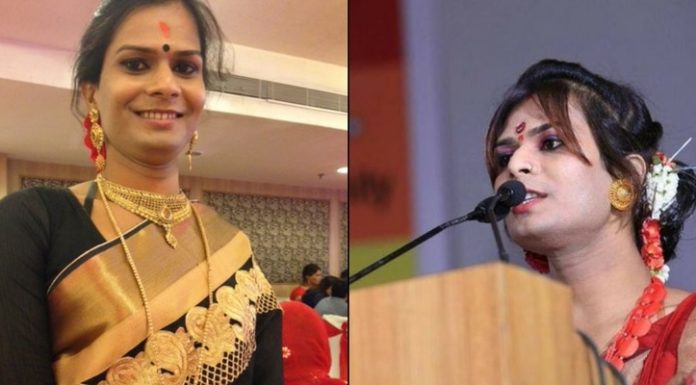The brave Flying Officer Nirmal Jit Singh Sekhon was an Indian Air Force Officer who showed his eminent flying and daring skills and determination at the most uncertain time with his perfect intelligence. He was the receiver of the highest gallantry award the Param Vir Chakra, that was awarded to him posthumously. He was born on July 17th 1943 in Isewal Dakha, Ludhiana in Punjab. He was the son of Flight Lieutenant Tarlochan Singh Sekhon. Nirmal Jit Singh Sekhon was commissioned as a Flying Officer in the Indian Air Force’s Squadron No. 18 known as the “The Flying Bullet”; on June 4th 1967. He was indeed a brave hearted fighter who embraced all the challenges in the airfield at the time of Indo-Pakistan War in 1971. And because of his commitment and great service to the Indian Air Force and to the motherland he was honoured many a times in different ways. A postal Stamp in the honour of Flying Officer Nirmaljit Singh Sekhon was issued by the Government of India. His statue had been figured and erected in many of the cities of Punjab also one of his statue was erected in the district Court of Ludhiana as a tribute to him. Flying Officer Nirmaljit Singh Sekhon died on December 14th 1971 in Srinagar, Jammu & Kashmir during the Indo-Pak War.
The Indo-Pak War 1971, Srinagar Base
During the time of the Indo-Pak War in 1971 Flying Officer Nirmaljit Singh Sekhon was the pilot of a Folland Gnat fighter Aircraft; stationed at Srinagar. He was commissioned the duty of defending the valley of Srinagar from the Pakistani air attacks. Earlier there were no defence aircrafts were positioned at Srinagar but the uncertain disruptions from the Pakistani hostilities led the Indian Air Force to base up the defending aircraft in the valley. Flying Officer Nirmaljit Singh Sekhon was dauntlessly ready to defend his country, despite of all the frigid conditions.
The valley of Srinagar was extremely cold, weather was immensely frigid but these conditions were almost menial in front of the determination of Flying Officer Sekhon. It was 14 December 1971, when Srinagar airfield was being attacked by six Pakistani Air Force F-86 jets of 26 Sqn from PAF base Peshawar. Flying Officer Sekhon was fearless and without wasting a single minute he along with his collegues got ready to give a bash to the enemy aircrafts. The weather was also creating uncertainties, due to which Flying Officer Sekhon could not take-off his aircraft initially. There were heavy and foggy clouds and also the dust clouds raised by the another aircraft made it tougher for him to take off his own aircraft. Nevertheless, despite of those challenges Flying Officer Nirmaljit Singh Sekhon finally took off and instantly hooked a pair of the attacking Sabres.
Flying Officer was least bothered for his own safety, he flew his Folland Gnat in the airfield and ensured a direct hit on one another Sabre and set it burnt. The worst thing took place when the aircraft of Flying Officer Sekhon got surrounded and hit by four another Pakistani Sabres. But this dauntless flying officer chose to confront the enemy and refused to back out. However he was advised to go back to the base but how could he choose to step back? Thus in the rigorous fight with the numerically strong enemy he managed to fight back for some time but later on, he was reported to flew in the straight direction then sudden in the inverted and down position. His aircraft was hit many times and probably lost all the control. The remains of his Folland Gnat were found in a gorge near the road coming from Srinagar to the base but unfortunately the dead body of the Flying Officer Nirmaljit Singh Sekhon was never been found because of the mountainous terrain where he actually fell down.
This was a great disappointment for the Airforce and for the wife and family members of this courageous man. Flying Officer Nirmaljit Singh Sekhon left such a remarkable legacy of his courage and determination that he was even praised in an article by Salim Baig Mirza; who was the pilot who shot him down. Flying Officer Nirmal Singh Sekhon had set great examples in the history of Indian Airforce traditions.






























